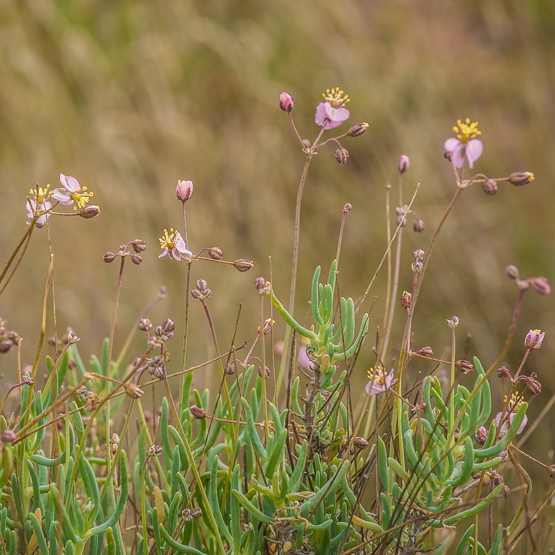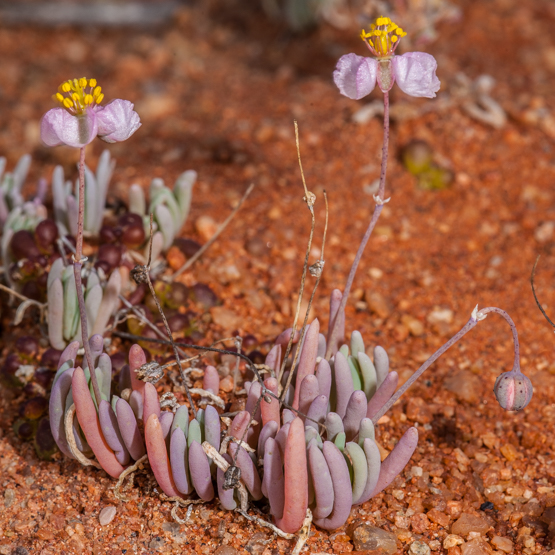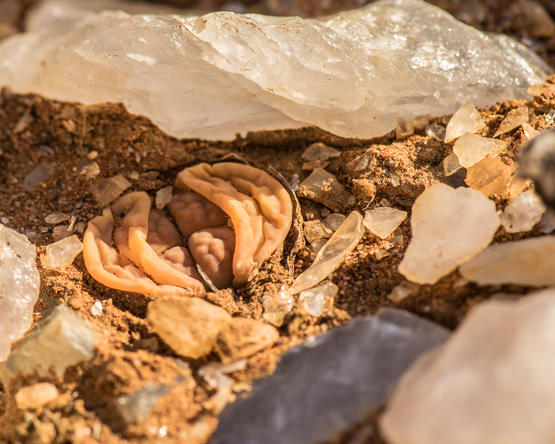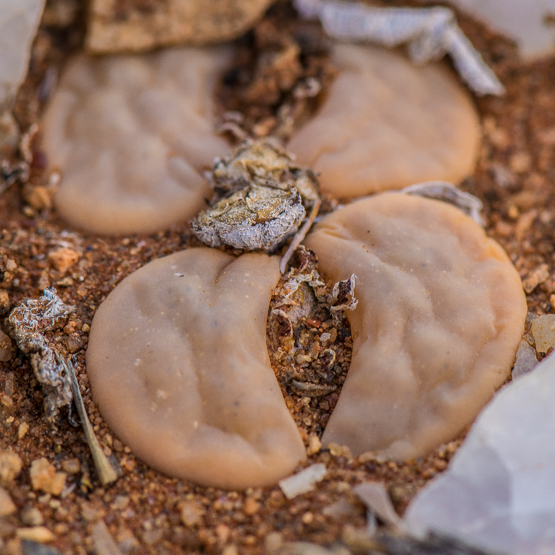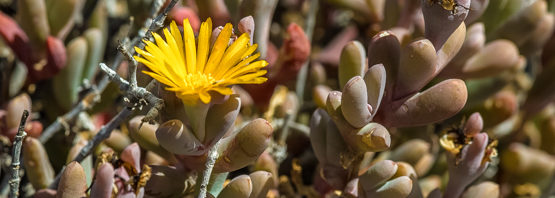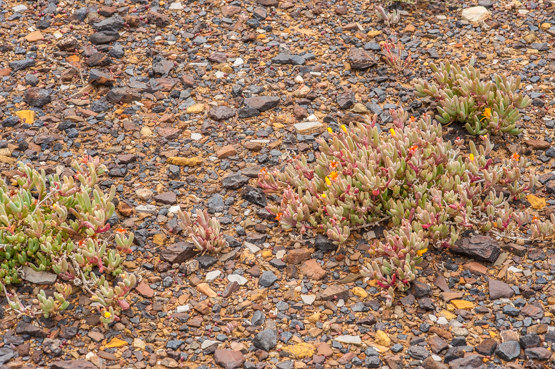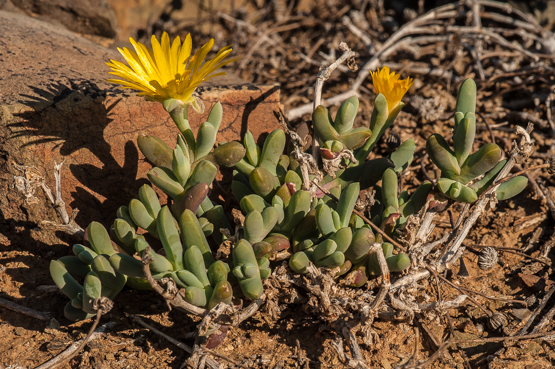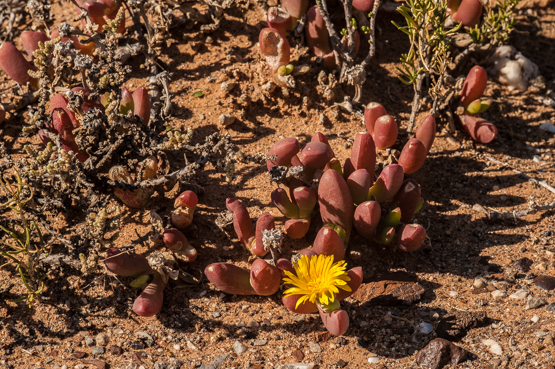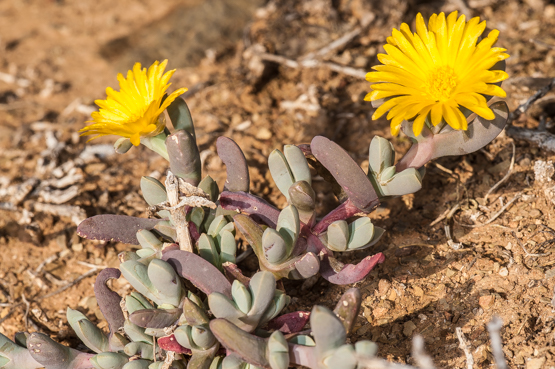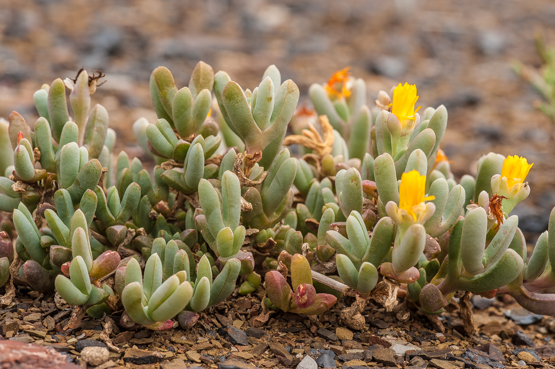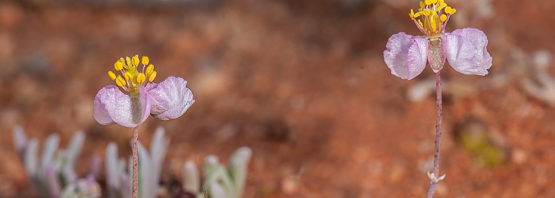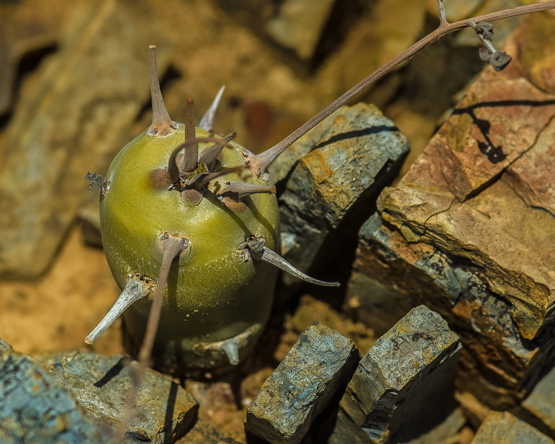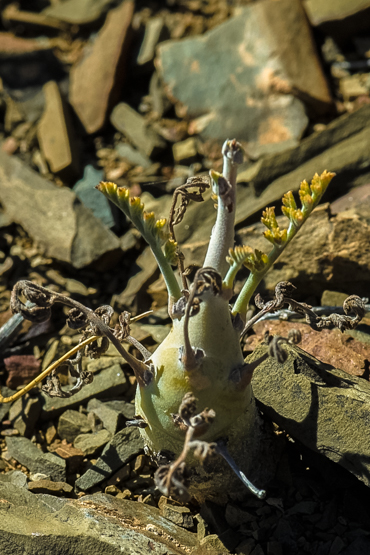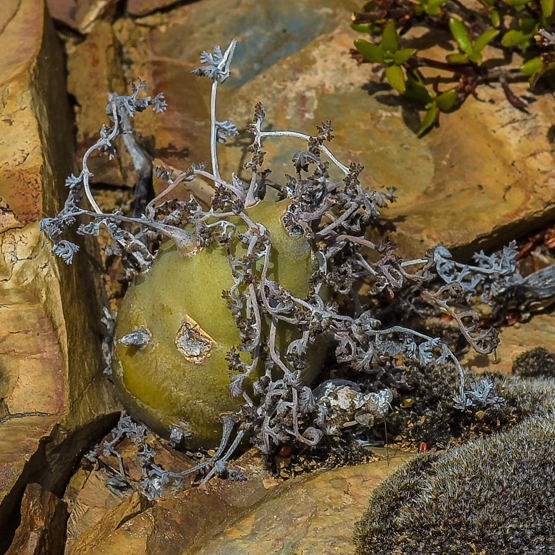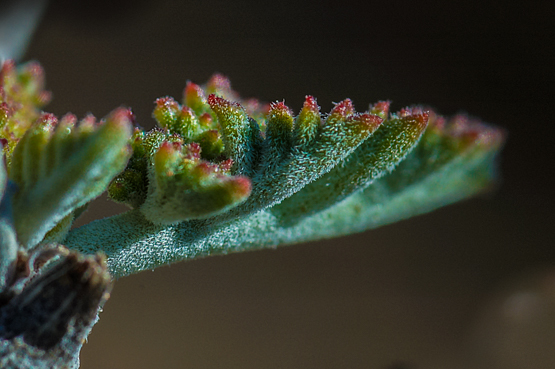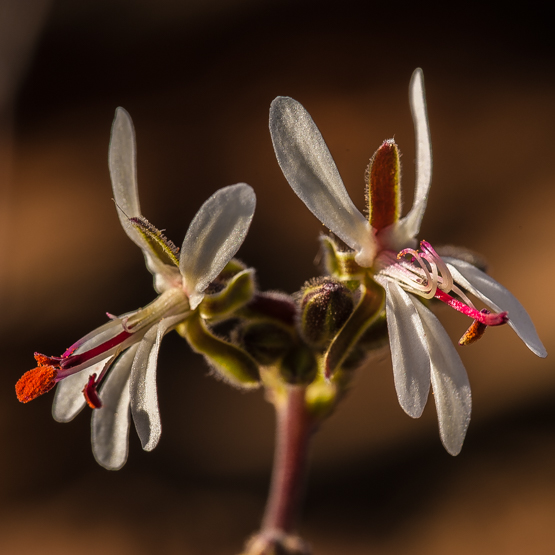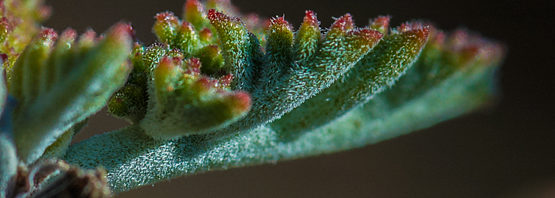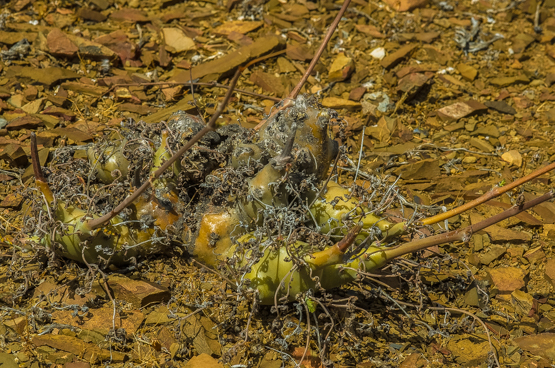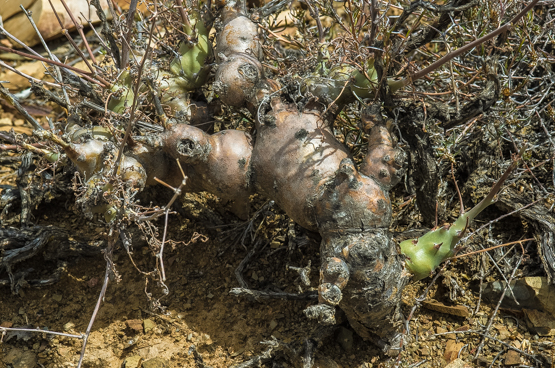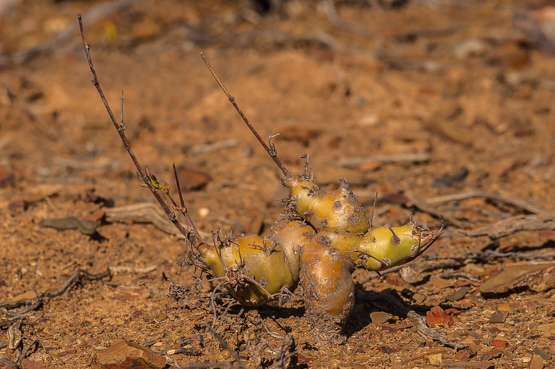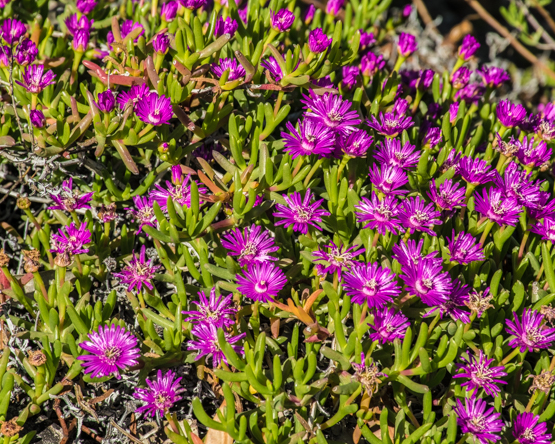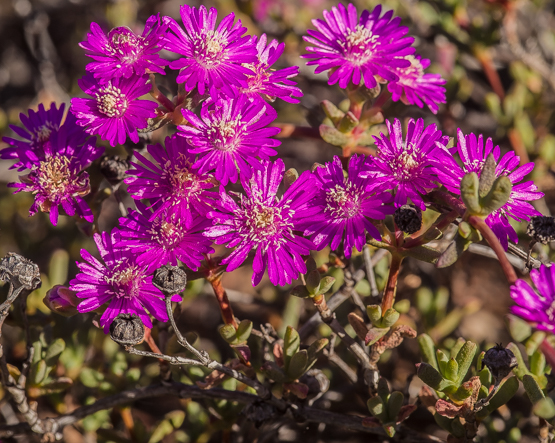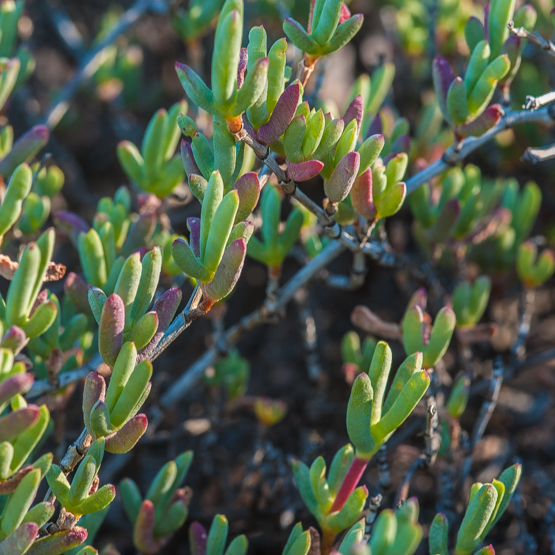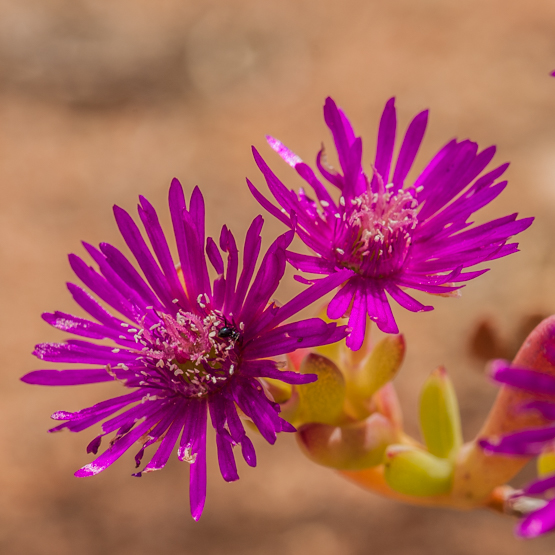Sometimes, writing a post for this blog involves quite a bit of detective work, which may at times be a bit tedious, but often also gives interesting new insights.
For many years, I have known the subject of this post as Hypertelis salsoloides. When I started collecting info on it, I found out that neither the List of southern African succulent plants (1997), nor the Illustrated handbook of succulent plants (2002) mentioned it. This in spite of the fact that both publications take a rather liberal view on what is a succulent.
So was this plant, which I had known for over sixty years as a succulent, really a succulent?
Older literature such as Jacobsen’s A handbook of succulent plants (1960) and Das Sukkulenten Lexikon (1981) did not mention the name either, but they did cite Pharnaceum salsaloides, as a synonym of Hypertelis verrucosa.
On the other hand, the 2 volumes of “Plants of the Greater Cape Floristic Region”, published in 2012/2013, both mention Hypertelis salsoloides as a current name.
Shortly after they appeared (2014), a new genus (Kewa) was established in the Molluginaceae, the family Hypertelis belongs to. The type of the genus is Kewa salsoloides and it is stated that “The genus differs from Hypertelis sensu stricto in having succulent, alternate, terete leaves…..”
What a relief to find out that this dainty little plant was indeed a succulent all along :-).
The species is widespread and often abundant across the interior of southern Africa, from Namibia and Zimbabwe to the Little Karoo, on dry sandy and loamy lowland flats.The plants are often much-grazed and form dwarf, short-lived shrublets up to 30 cm tall with leaves up to 3 cm long and 0.5 cm wide.
The flowers are white to pink and about 1 cm in diameter; they appear mainly from September to March. The flower stalks bear relatively big warts, which sets the species apart from its siblings.

